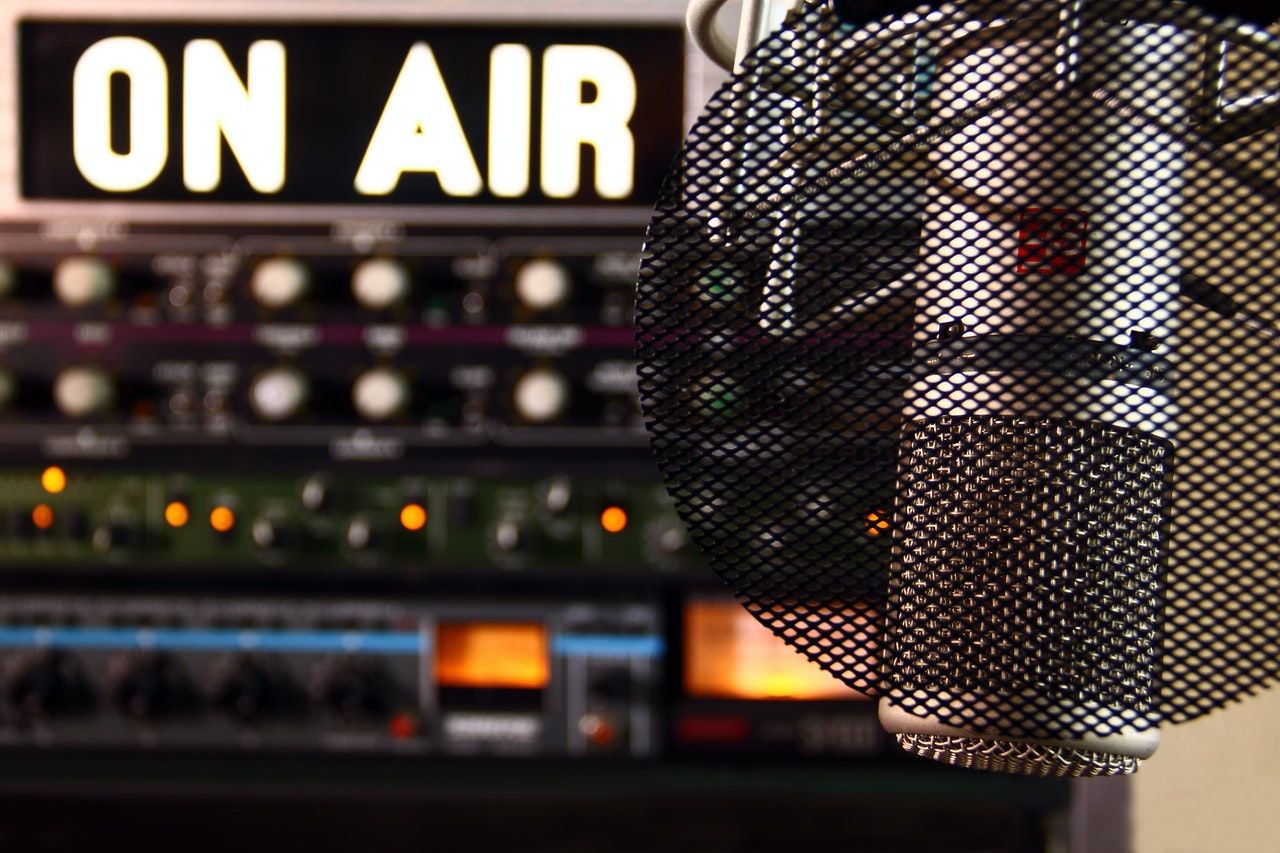
In radio we trust: The role of technical standards
By Paolo Lazzarini, Vice-Chairman of ITU-R Study Group 6 (Broadcasting Service), and Darko Ratkaj, Senior Project Manager, European Broadcasting Union (EBU)
Broadcast radio transmissions have delivered information and news about what’s going on in the world for over a century. To many people, the humble transistor radio might now seem a relic of days gone by.
Yet even today, radio transmits vital information all over the globe – including to rural communities and even the remotest outposts.
Broadcasts have gained renewed appreciation amid the ongoing COVID-19 pandemic.
Globally, consumers are more likely to trust television and radio as relevant news sources compared to newspapers and magazines, according to recent Ipsos polling on trust in media and institutions.
Bridging the trust gap
While recent years have seen a steady decline in public trust of social networks and so-called ‘new media’, trust in traditional or ‘legacy’ media, including radio, has remained stable or, in some countries, increased.
Lower levels of trust in digital communication may reflect perceptions of lower production quality compared to traditional media, Ipsos suggests. Traditional forms, including print news along with TV and radio, of course, all entail higher production costs.
Still, radio seems to come out well overall in the eternal battle for consumer hearts, minds, and trust.
A European Broadcasting Union (EBU) study investigating the “trust gap” between traditional and online media found that radio was the most trusted media format in 24 of the 37 countries covered.
From the technical perspective, broadcasting companies have full control of the distribution chain, and networks are designed to meet audience needs as closely as possible. This is quite often in the mandate of public media broadcasters – to ensure wide coverage, free-to-air access and no need for service subscription fees.
In addition, producing ‘trustworthy’ radio requires the technical standardization of radio systems. That is only possible through the collaboration of governments, industry, broadcasters and other stakeholders – not least audiences.
ITU’s role
As a standardization organization with global reach, the International Telecommunication Union (ITU) offers a tried-and-tested forum to enable cooperation, the key ingredient to establish trusted, globally recognized standards.
ITU’s rules and procedures promote openness and transparency, bringing all members of the organization to engage in standards development.
Radiocommunication Assemblies held in Istanbul and Geneva in 2000 and 2007, respectively, underlined the need to study broadcasting services on an ‘end-to-end basis.’ This entails understanding which approaches best enable broadcasters to provide value to end users, ways that are reliable, cost-effective and efficient in terms of spectrum use.
Study Group 6 of the ITU Radiocommunication Sector (ITU-R) and its predecessors were thus tasked with devising international standards, also known as ITU-R Recommendations, for end-to-end broadcasting.
These standards lay the foundation for technical trust in the quality, safety and compatibility of radio broadcasting systems, which in turn support inclusive sustainable development for people and the planet.
Together with World and Regional Radiocommunication Conference decisions, the ITU Radio Regulations, and various Regional Agreements, ITU-R Recommendations for radio systems enable the high-quality transmission of radio programmes, with effective overall service coverage. Standards also serve to improve spectrum efficiency, promote inclusive access, reduce power consumption, and lower costs for both the broadcasting industry and end users.
From analogue to digital radio standards
Even before becoming integrated into the United Nations system, ITU had pioneered the introduction of innovative radio technologies to better serve broadcasters and their audiences.
Agreements on standards date back to the International Radio Consultative Committee (CCIR) in Stockholm in 1948, and delineate the evolution of radio from traditional models of sound broadcasting, including AM (amplitude modulation) and FM (frequency modulation), to today’s digital and multimedia radio systems.
ITU notably supported the global transition from analogue to digital radio systems by outlining the service requirements for digital sound broadcasting systems, including:
- terrestrial digital audio broadcasting (DAB)
- Digital Radio Mondiale(DRM) – a set of digital audio broadcasting technologies more spectrally efficient than AM and FM;
- HD radio (HDR), referring to an in-band on-channel (IBOC) digital radio broadcast technology;
- Integrated Services Digital Broadcasting-Terrestrial Sound Broadcasting (ISDB-Tsb) – a technical specification based on the digital ISDB-T television standard used for digital sound broadcasting and additional data services;
- real-time audio-visual information (RAVIS) and
- convergent digital radio (CDR).
5G-enhanced radio standards on the horizon
While radio remains a key outlet for linear information delivery, the needs of broadcasters and their audiences continue to evolve. Dedicated broadcast networks increasingly struggle, even with a streaming approach, to match the growing popularity of on-demand services and the prevalence of mobile devices like smartphones and tablets.
Broadcasters are therefore looking for new technical solutions without compromising on key principles, such as high quality, universal availability, and cost efficiency.
With the right technical, regulatory, and commercial conditions in place, newly unveiled fifth generation (5G) mobile networks might be able to fulfil many of these requirements. A versatile technology, 5G can be deployed in numerous ways, from mobile unicast to multicast to broadcast.
Currently, ITU-R Study Group 6 is considering proposals to recognize 5G broadcasting as a fully-fledged terrestrial broadcasting system. If key requirements such as cost efficiency, free-to-air reception, and wide coverage are met, it would give governments, investors and broadcasters alike the certainty needed to facilitate 5G radio’s commercial deployment.
Image credit: Fringer Cat via Pexels
